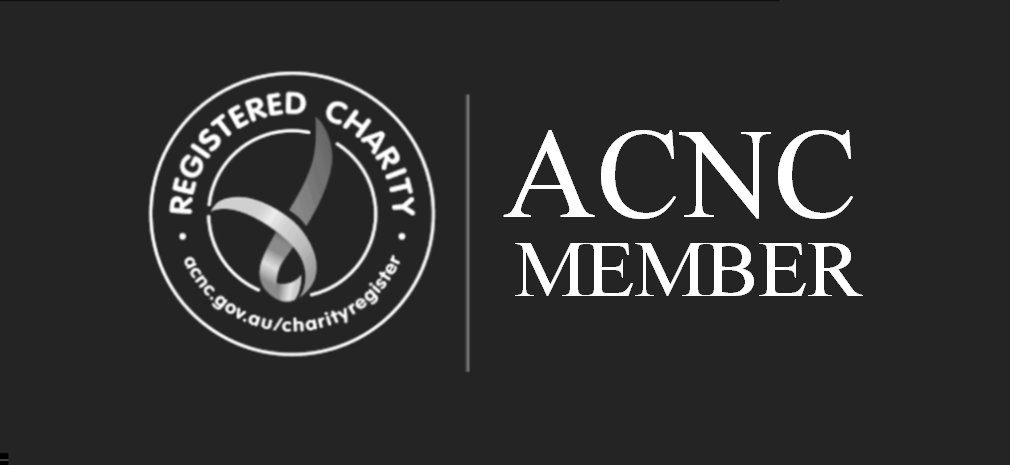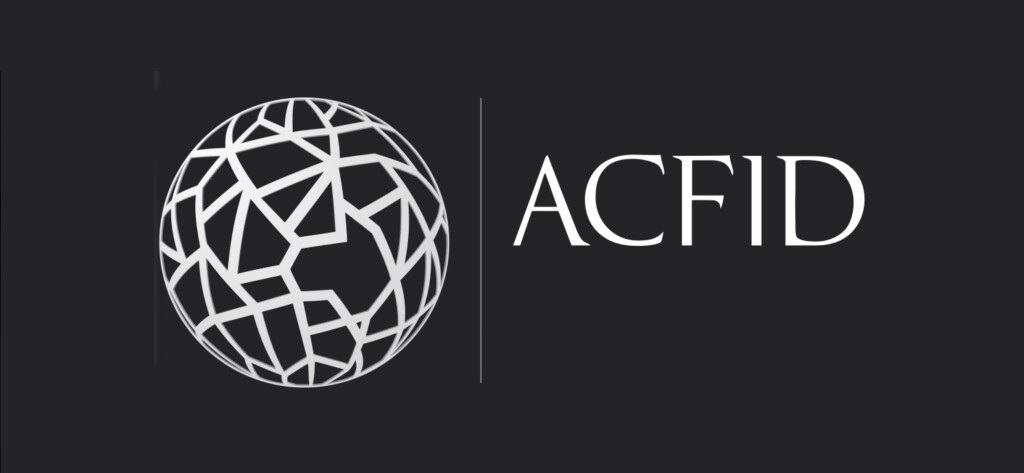.
Commitment 6.2 We collect and use information ethically.
Compliance Indicators
Compliance with the Commitments will be assessed against the following Compliance Indicators. All of the applicable Compliance Indicators must be met by every ACFID Member to be considered compliant with the Code. Each of the Compliance Indicators has one or more compliance Verifiers. Verifiers are the description of evidence that is required to substantiate compliance with each Compliance Indicator. Guidance is also provided.
6.2.1 Members’ communications are accurate, respectful, and protect privacy and dignity.
Verifier
An ethical decision-making framework, which must:
- Align with the values of their organisation and this Code.
- Commit the organisation to the use of images and messages in communications in a way that portrays the affected people in a manner that respects their dignity, values, history, religion, language and culture, and is authentic to the context, person and terms of consent given.
- Be consistent with ACFID’s Fundraising Charter (8.1.2).
- Be consistent with the Members’ privacy policy (7.2.2).
Guidance
An ethical decision-making framework assists Members to make decisions about the images, messages, and stories that it uses in communications with the public. It would describe steps that can be used to guide the Member through a process to make a decision when confronted with an ethical dilemma – such as whether to use a story, image or message to raise awareness or funds.
6.2.2 Members have organisational requirements for the collection of information, images, and stories.
Verifier
Policy, statement or guidance document that:
- Commits the organisation to use images and messages in communications in a way that portrays the affected people (including children) in a manner that respects their dignity, values, history, religion, language and culture, and protects their safety and rights.
- Is consistent with ACFID’s Fundraising Charter (see 8.1.2).
- Includes a requirement for free, prior and informed consent and acknowledges people’s right to information.
- Requires that the collection of information, images and stories does not harm people or the environment.
- Applies to all information, stories and images collected for research, evaluation, and donor and supporter purposes.
Guidance
Your policy, statement or guidance document might be included within a broader communications policy or guidelines, or as a stand-alone document that directly addresses the collection of information, images and stories. The key aspects that must be addressed are outlined in the verifier to this Compliance Indicator.
6.2.3 Members are respectful and considerate of the reputation of other ACFID Members.
Verifier
Policy, statement or guidance document that commits the Member to not making statements about other ACFID Members with the intention of creating a reputational or other advantage to themselves.
Guidance
A policy, statement or guidance document might outline the NGO sector’s commitment to principles of fairness and cooperation, identify the risks to the sector as a whole if individual member NGOs develop a bad reputation, and refer to the complaint mechanisms that are available through ACFID’s Code of Conduct Committee if there is a legitimate and well-founded concern about another NGO.
Good Practice Indicators
The following Good Practice Indicators describe a higher standard of practice than that set out in the Compliance Indicators. While Members do not need to meet the Good Practice Indicators to be considered compliant with the Code, they will self-assess against these indicators once every three years. This provides a clear pathway for Members to strengthen and improve practice over time.
- Procedures for seeking consent for the use of images and stories are available in local languages and other forms such as images to ensure full accessibility to stakeholders.
- Training is provided to key personnel and partners on appropriate ways to collect and use information, images and stories. The organisational ethical decision making framework is used to guide this.
- Copies of communications or fundraising materials which use images or stories of primary stakeholders are provided to those stakeholders.
- The use of images and stories in communications and fundraising materials is jointly defined with the primary stakeholders involved.
GUIDANCE AND RESOURCES
Good Practice Guidance
Here are some practical suggestions for your organisation to further deepen and improve practice over time.
Organisational level
- Integrate your policy on collecting information, images and stories into appropriate policies and guidelines relating to media, communications, marketing and fundraising
- Ensure that staff involved in public engagement activities are familiar with key communications policies and guidelines
- Provide awareness-raising, guidance and training to relevant staff, which could include the use of case studies
- Undertake periodic reviews of all communication materials to ensure that images and messages respect the dignity, values, history, religion and culture of the people portrayed.
Policy and guidelines
- Develop and implement a policy on the portrayal of local people and the use of images and pictures, including not visually altering images or significantly changing/editing direct quotes after they have been obtained to alter meaning and context.
- Include a commitment to presenting individuals in respectful ways within relevant policies such as communications, marketing and fundraising
- Develop practical guidelines for use by staff, volunteers or contractors when documenting stories or taking photos in the field, including appropriate approaches to gaining consent for collecting images and stories. Verbal consent may be more appropriate than written consent in some contexts.
- Keep records of the origins of images and case studies, permissions and copyright releases, as well as key details including name, age, location, date, program association and form of consent gained
- Developing a repository for these records to provide a quality control mechanism that ensures that images and case studies used are appropriate, accurate and consensual
- Seek advice from field partners and overseas staff on risks related to using images and case studies
- Ensure file labels do not reveal identifying information about a child when sending images electronically
- Ensure geo-tags are turned off on the camera when taking images.
- Develop approval protocols to ensure that any image, photo or story that is used in communication materials meets ethical guidelines established by your organisation.
Guidance for images and messages
- Present photographs, films, videos, DVDs and messages of women and men, boys and girls in a respectful manner, honestly portraying their personal experience and context and as partners in the development process
- Do not use images or messages that manipulate the story to portray people in a pitiful way or that embellishes/exaggerates the impact of your organisation’s work.
- Do not create images of children where they are not adequately clothed and in poses that could be seen as sexually suggestive
- Ensure images are honest representations of the context and facts
- Portray participants in activities which reflect their daily lives
- Convey the context and complexity of the situations in which local people live. Images of people in vulnerable situations should focus more on the reasons for and the context of a situation, rather than on an individual’s suffering.
- Honestly portray the diversity of local people including age, disability and other marginalised groups
- Inform key persons in images of what the image is being used for, where the image will be used and over what period of time. and obtain their permission. In the case of a child, obtain consent from a parent or guardian.
- Show some examples of the kinds of materials that are produced so that those involved understand how their personal details and story might be used.
- Ensure images and information and the associated permissions being used are current – information should not be used indefinitely
- Terms of informed consent should include a period of time for which consent has been given – 1, 3 or 5 years.
- Where possible and appropriate, use the names of those photographed when captioning the image to give people a voice and identity
- Ensure that the identification of or use of images of local people will not bring them into any danger
- When photographing or filming a person, identify and seek to comply with local traditions or restrictions for reproducing personal images
- Ensure those whose situation is being represented have the opportunity to communicate their stories themselves. Consider using local spokespersons to show that local people are actively involved in development or humanitarian work
- Use images and messages to diversify voices, perspectives, and representations in your public communications, including critical reflection from partners and communities and an examination of your organisation’s values.
- Quote people accurately – without doctoring, manipulating or altering quotes to suit communications.
- Ensure you use a competent translator fluent in both languages.
Resources
- 5 resources that will make you think again about ethical communications
- ACFID Fundraising Charter
- ACFID Webinar – how to develop and apply ethical decision-making frameworks
- Communications monitoring, evaluation and learning toolkit
- Communications Policy – Australian Himalayan Foundation
- Crimes (Child Sex Tourism) Amendment Act 1994
- Dollars and sense – thinking ethically about communications
- Ethical Content Guidelines – Oxfam Australia
- Ethical Images and Stories policy – Oxfam Australia
- Illustrative Guide to the Dochas Code of Conduct on Images and Message
- Principles and Standards of Fundraising Practice
- Privacy Act 1988
- Putting the people in the pictures first
- “Thanks, but no thanks.” Navigating the Response to the Sulawesi Tsunami
________________________________
DAISI’s Commitment to Principle 6.2 We collect and use information ethically.
- DAISI is committed to the ethical collection, storage and use of information, includng imagery (photos and videos) respecting privacy and confidentiality laws.
- Our Privacy Policy is found on our website and details how to collect and manage personal information.
- DAISI is committed to the use of imagery and articles for publication in an ethical manner that is obtained with consent, does not cause offence, and that accurately depicts affected people and all stakeholders being respective of their dignity, values, history, religion, language and culture:
- As an example, we were asked to show a child with mutilating burns, as a fundraiser, where the DAISI Executive voted against its use.
- Where there is a suspicion that offence may be caused to any of the stakeholders (in this case the child and her family), use of any form of imagery should be prohibited.
- This girl will likely grow up with many psychological and physical scars from her burns injury, that will only be made worse by DAISI using photos of her mutilated body either for the purpose of raising donations or telling a story.
- Stakeholders should be included in the decision making process .
- The taking of photos, films or imagery of any kind, should not impede in any way or compromise the safe functioning of development activities that are DAISI’s primary purpose.
- The taking of photos, films or imagery should not be gratuitous or “in your face”, realising there are times and places where cameras are simply not allowed or appropriate.
- The operating theatre is one such place, where patient’s are unconscious and consent cannot be obtained and where distraction can be dangerous, and where the potential to include a private or mutilated body part is a real concern. For this reason, and to overcome this
- DAISI has strict protocols and policies in place regarding the taking of photos and videos in the operating theatre.



